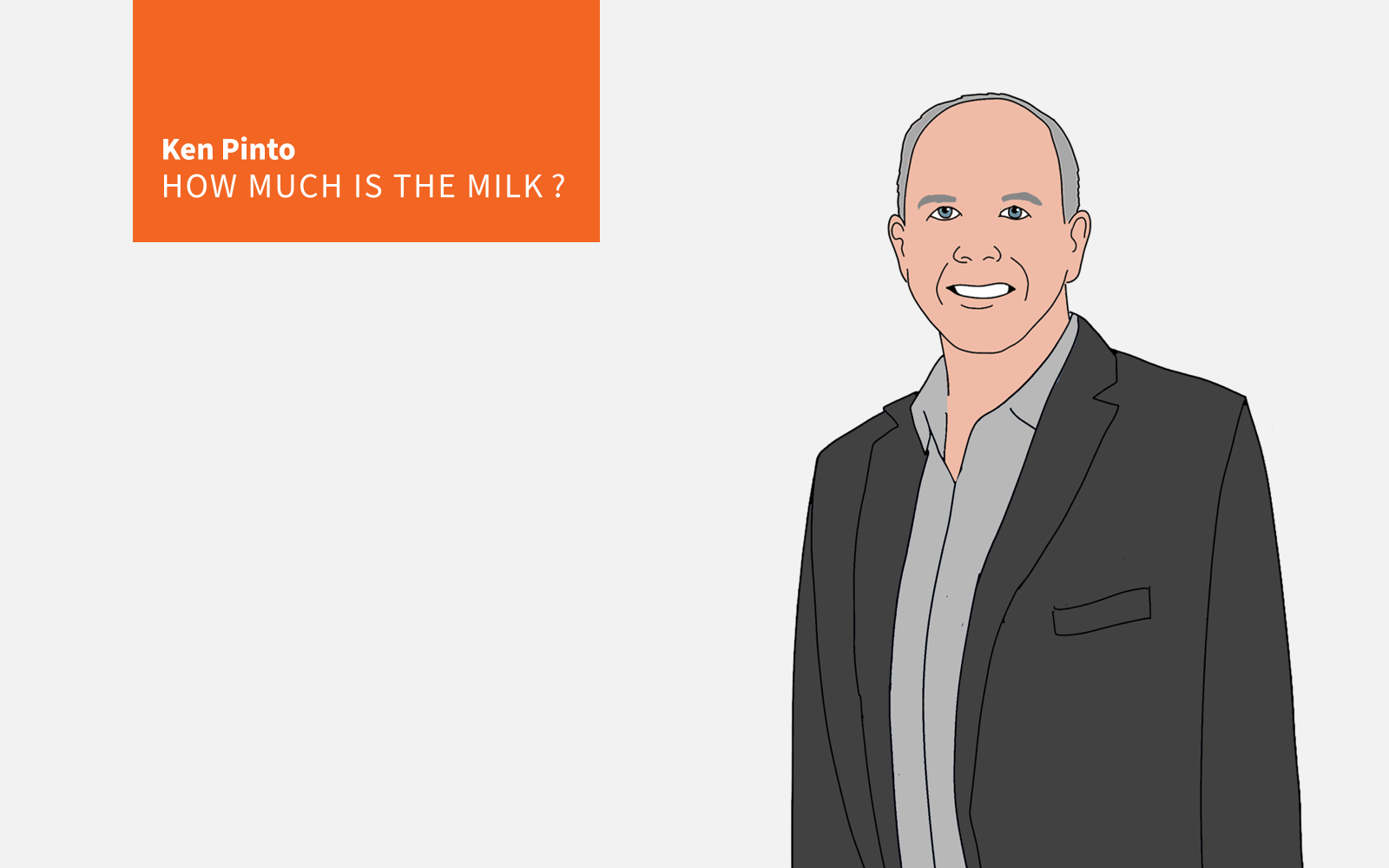Products
Chain Of Command: Ken Pinto's Q2 LBM Commodities Analysis
‘Where there’s mystery, there’s money,' according to TBD contributor Ken Pinto. Here’s why paying attention to commodity pricing pays off for homebuilding companies.

While at the Pacific Coast Builders Conference (PCBC) this year, I was eager to congratulate the folks at the Schneider Electric booth for what many would consider the top achievement in supply chain management — being named the No. 1 supply chain in the world, according to the annual Gartner Supply Chain Top 25, for the second year in a row. Getting to the No. 1 spot is a monumental achievement, but doing it two years in a row? Astounding. I couldn’t wait to chat with them about what it took to get there.
The full sails of my eagerness quickly turned to doldrums as I discovered the salespeople manning the booth knew nothing about the award. They looked on with amazement as I told them more about their company's achievements.
In my early years of homebuilding, I remember assuming that the folks on the other side of the table knew everything about their product category. As we did our homework prior to a negotiation, providing information that sometimes surprised our trades and manufacturers, we discovered we were doing something the other homebuilders were not. Commodity tracking data can be a powerful advocate to argue pricing increases or decreases, and we often were prepared with more information than the salespeople with whom we negotiated.
In my book How Much is the Milk?, I wrote:
Where there’s mystery, there’s money.”
This statement is often used to refer to the conversion of lump sum contracts to unit price contracts and gaining insight into SKUs, their quantities, and pricing, but it should be much more than that.
Keeping our focus further up the supply chain than the entity (trade contractor, dealer) in front of us can enable a better pricing and availability strategy than our competitors. For example, lumber has been skimming along the bottom of the pricing graph all year thus far, and inventories are low. Tracking the price and availability of logs, sawmill curtailments, and lumber yard inventories empower a homebuilder to make strategic lumber-buying deals, even when buying lumber from a turnkey framer. Lumber has begun to creep up in recent weeks.
Have you locked in lumber prices?
The data in this table shows pricing changes from January of this year to June of last year and, to keep things in perspective, pre-COVID numbers. Not all drivers that pushed pricing up during 2021–22 are still relevant, but pricing is still high (for example, aluminum wire is 562% above pre-COVID pricing).
Quarterly Highlights
Aluminum Wire
Last quarter we noted that aluminum wire pricing rarely changes, but it has taken on a new set of legs this year. That trend continued in Q2. Speculation of aluminum global demand has gone back and forth between Russia and China demand going up, then going down (the frequency of directional change is dizzying), with the latest expectations showing demand going up.
● Aluminum wire pricing is up 55% since January, and up 562% since 2019.
Cement and Readymix
Approximately 30% of cement in the U.S. is imported. It’s not easy to build a new cement plant in the U.S. so we will continue to depend on imports to support construction. That means our pricing is controlled by global supply and demand, similar to crude oil. Cement and Readymix concrete have been steadily inching up in price.
- Cement is up 12% this year, 24% from last year, and 84% from 2019.
- Readymix pricing is controlled by local supply and demand. Speculators are expecting commercial construction (the largest user of concrete) may be waning the rest of this year. Keep an eye on this and bargain for lower concrete prices when you can.
- Please don’t let your people confuse cement and concrete, it makes us all look bad.
Drywall
We mentioned last quarter that drywall was on the rise, and this quarter follows suit.
● Drywall was up 5% in Q1, another 4% in Q2, and is 71% above 2019 prices.
Wall Insulation
Insulation is another product known for price stability, but not this year. We aren’t sure if energy costs are driving up prices or simply a supply/demand play. We think this warrants a detailed discussion with whomever you buy from.
● Insulation is up 8% this year, up 7% from last year, and up 64% from 2019.
Diesel Fuel
Gasoline is up 13% this year, but our industry moves materials on diesel fuel (down 1% this year). Beware any fuel surcharge requests because gas prices are up. Politicians know that citizens gauge economic health on a few key factors, including the price of gasoline. Prices are expected to stay low until the November election. After that, who knows?
- Tip: Watch my YouTube video on fuel surcharges before you agree to pay extra.
Asphalt
Asphalt made a jump this quarter. We reported a 4% increase last quarter, and now we are up 15% for the year. A heavy storm season in the fall can drive asphalt demand for new roof shingles.
Titanium Dioxide (TiO2)
The pricing is poised to increase for the raw material that makes things white (vinyl windows, paint, plastic pipe, etc.). We no longer have a good metric for TiO2 since the PPI dropped it from its reports, but according to Kronos, one of the largest global producers, demand is expected to grow in the second half of the year.
Looking Around the Next Corner
Many raw materials are hovering along the bottom of the price graph, poised for change. Builders who have done a good job lowering construction costs over the past two years will likely see cost creep in the second half of this year. If interest rates go down and new-home starts increase, the objectives of purchasing departments will likely shift from cost reduction to cost avoidance, which is trickier to measure. In recent commodity and product manufacturer earnings calls, many have commented that they look forward to price appreciation when the Fed drops the interest rates and stimulates more construction operations.
The best pricing and availability strategy will involve discovering ways to reduce costs in the supply chain. Does your materials dealer have a full-time employee who drives jobs all day to identify those ready for delivery because they are not confident in the accuracy of construction schedules? Tune up the scheduling process and ask them to remove that cost from your pricing structure. Don’t stop there; keep looking for ways to reduce costs.
MORE IN Products
T-Time Ticking? Ken Pinto's Q4 Homebuilding Commodities Report
With end-of-year price hikes looming, homebuilders are pushing back harder than ever on material costs. Sharpened cost-control strategies, from commodity tracking to supplier negotiations, will be critical as builders brace for supply chain and demand-driven price shifts.
Brace for Impact: Builders Must Expect 2025 Supply Shocks ... Again
Strategic sourcing and supply chain sage Ken Pinto reveals how tariffs, labor policies, and thin margins could test builders’ resilience in a turbulent 2025. "Covid supply shocks were a missed opportunity."
Margin Pressure Gauge: Ken Pinto’s Q3 LBM Commodities Report
Moving from lump-sum contracts to unit pricing to find ways to reduce costs in the supply chain can be a win for homebuilders worried about high construction expenses.


